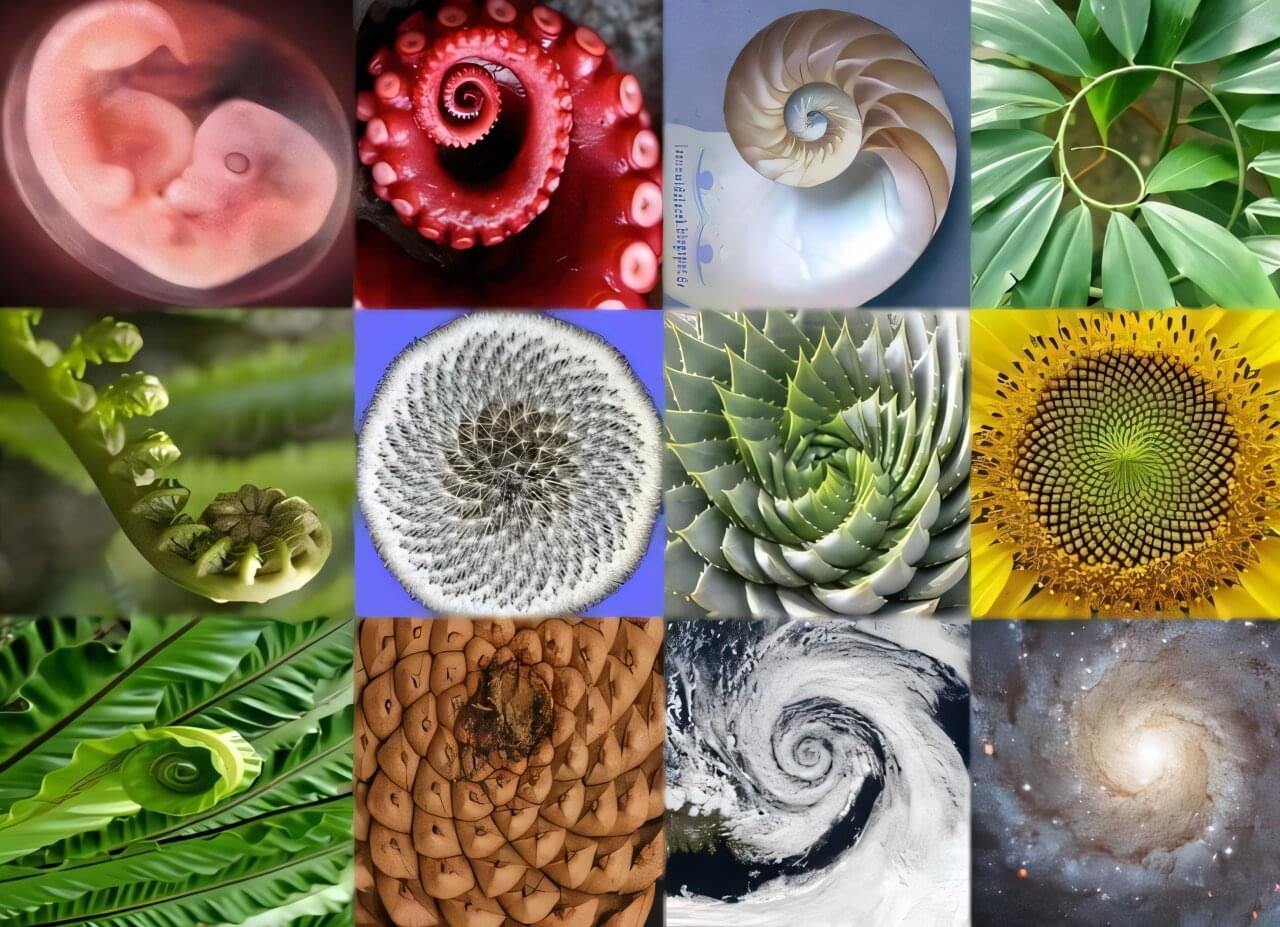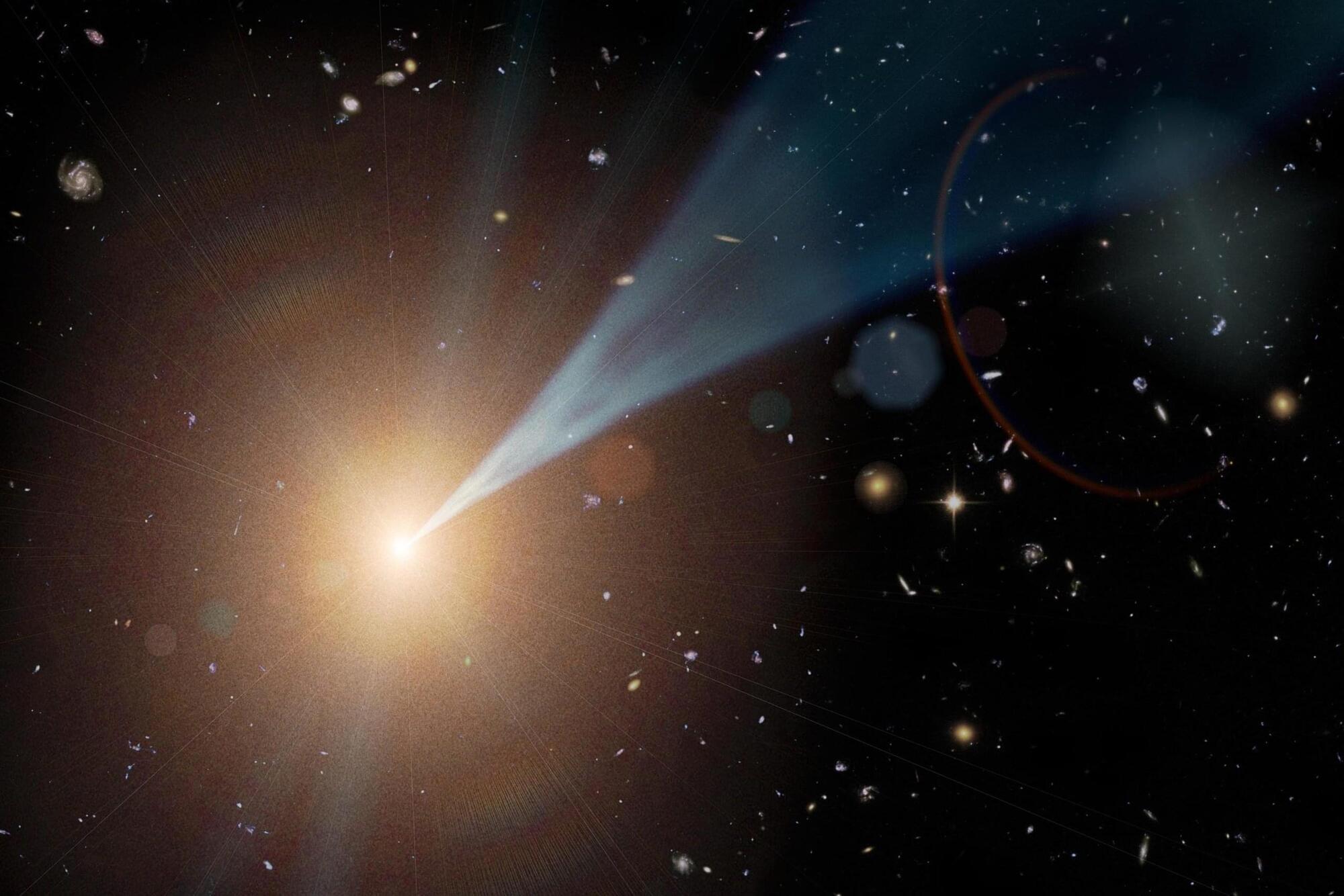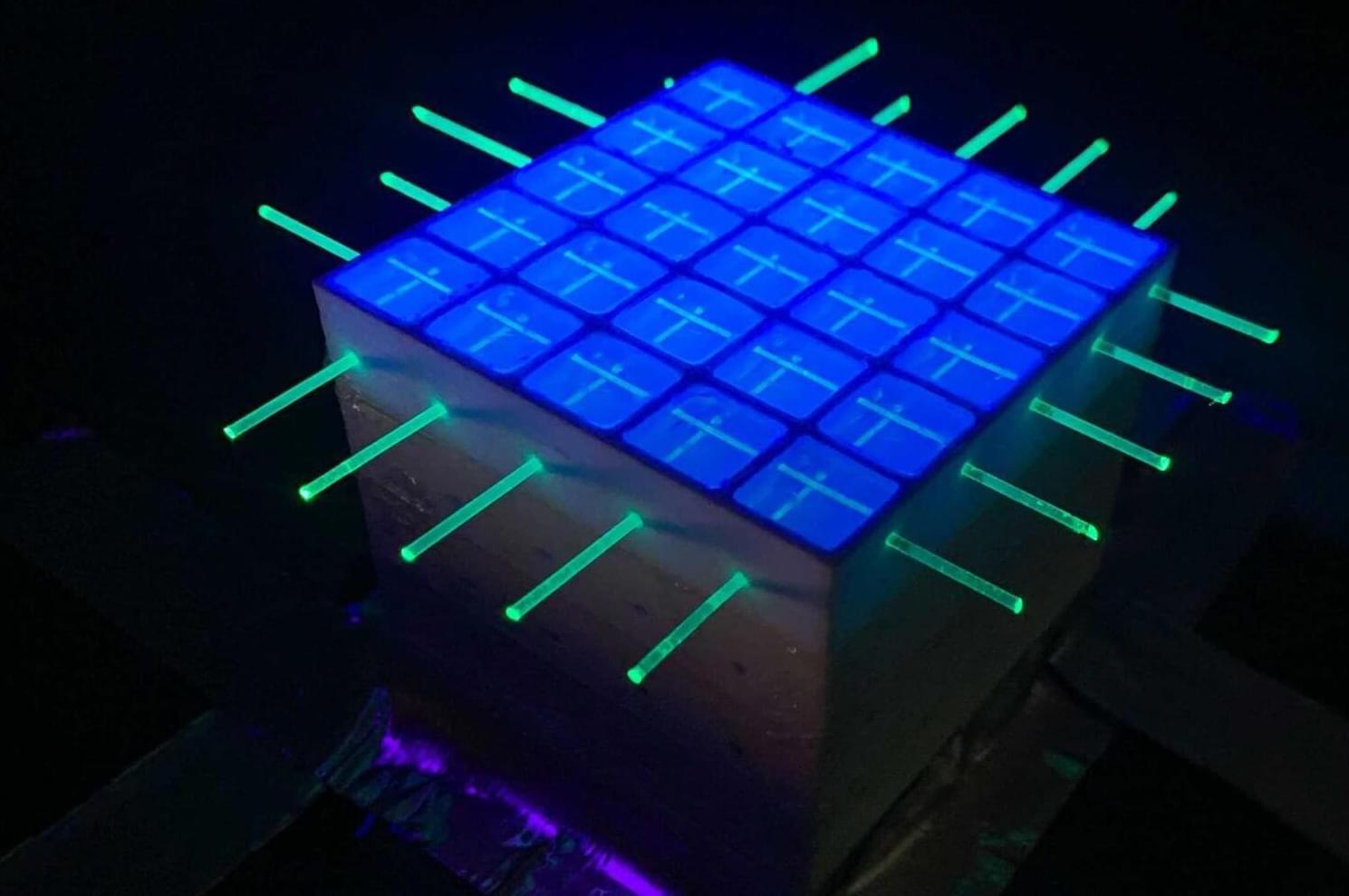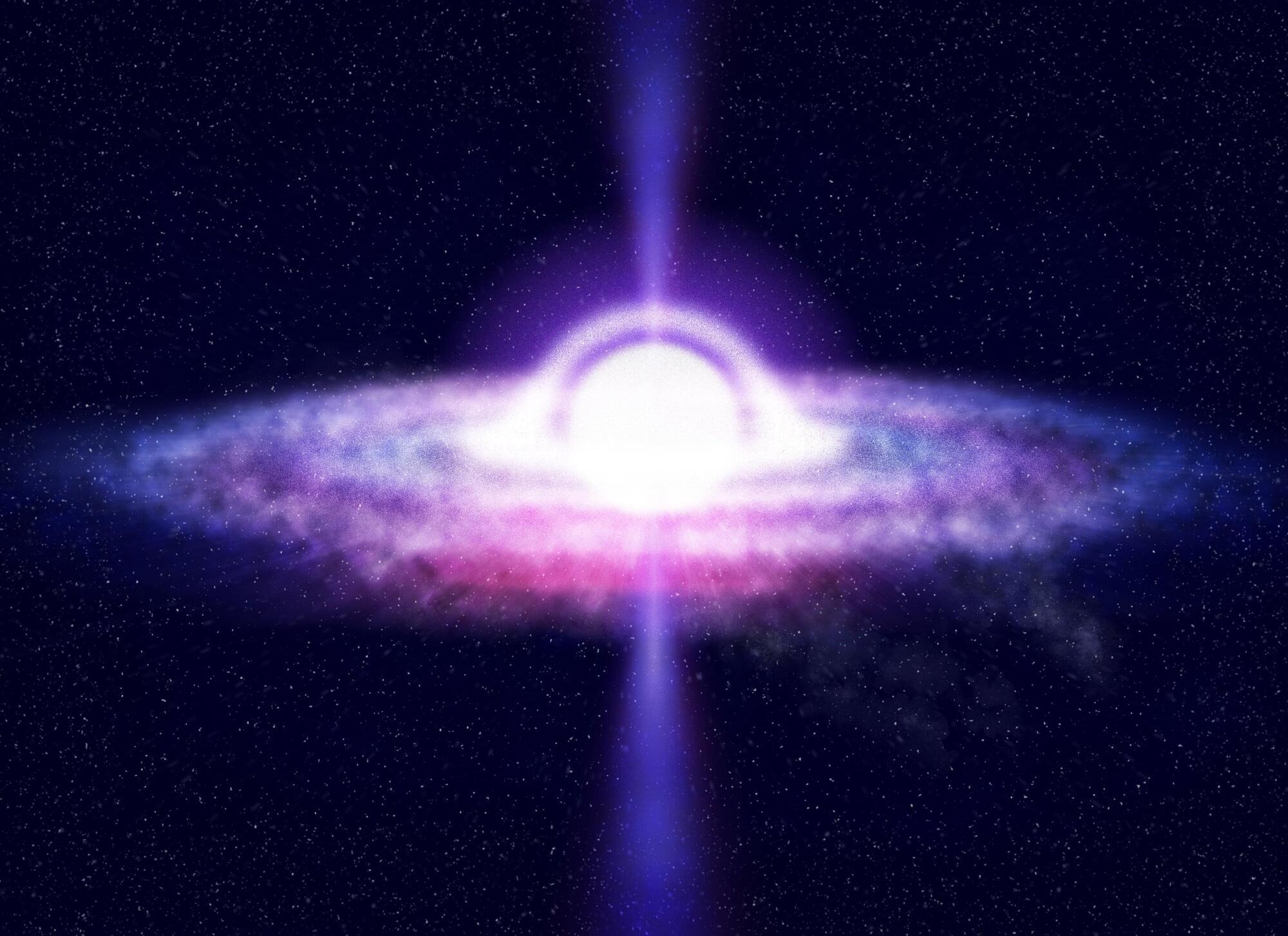The mergers of massive black hole binaries could generate rich electromagnetic emissions, which allow us to probe the environments surrounding these massive black holes and gain deeper insights into the high energy astrophysics. However, due to the short timescale of binary mergers, it is crucial to predict the time of the merger in advance to devise detailed observational plans. The overwhelming noise and slow accumulation of the signal-to-noise ratio in the inspiral phase make this task particularly challenging. To address this issue, we propose a novel deep neural denoising network in this study, capable of denoising a 30-day inspiral phase signal. Following the denoising process, we perform the detection and merger time prediction based on the denoised signals.








